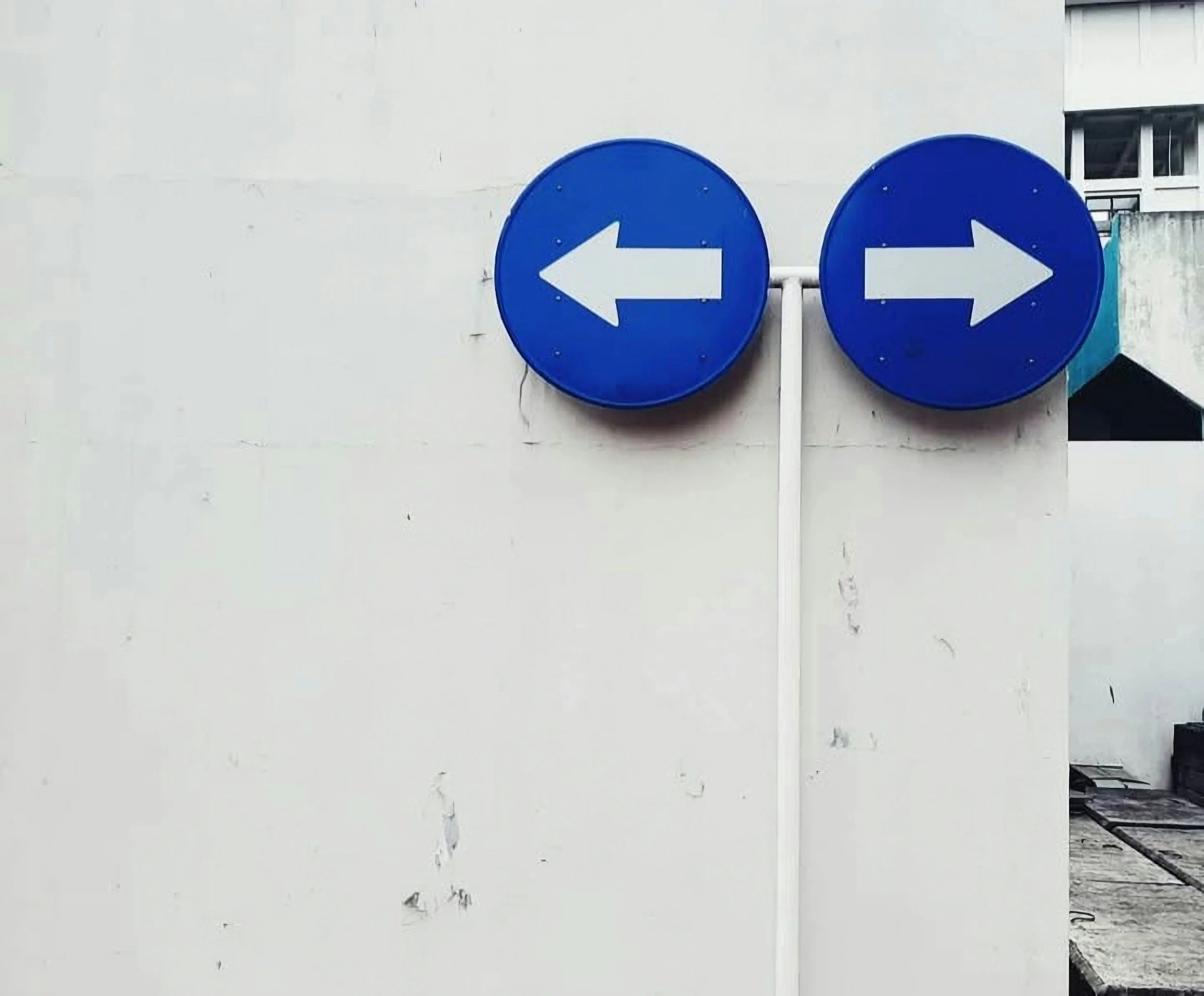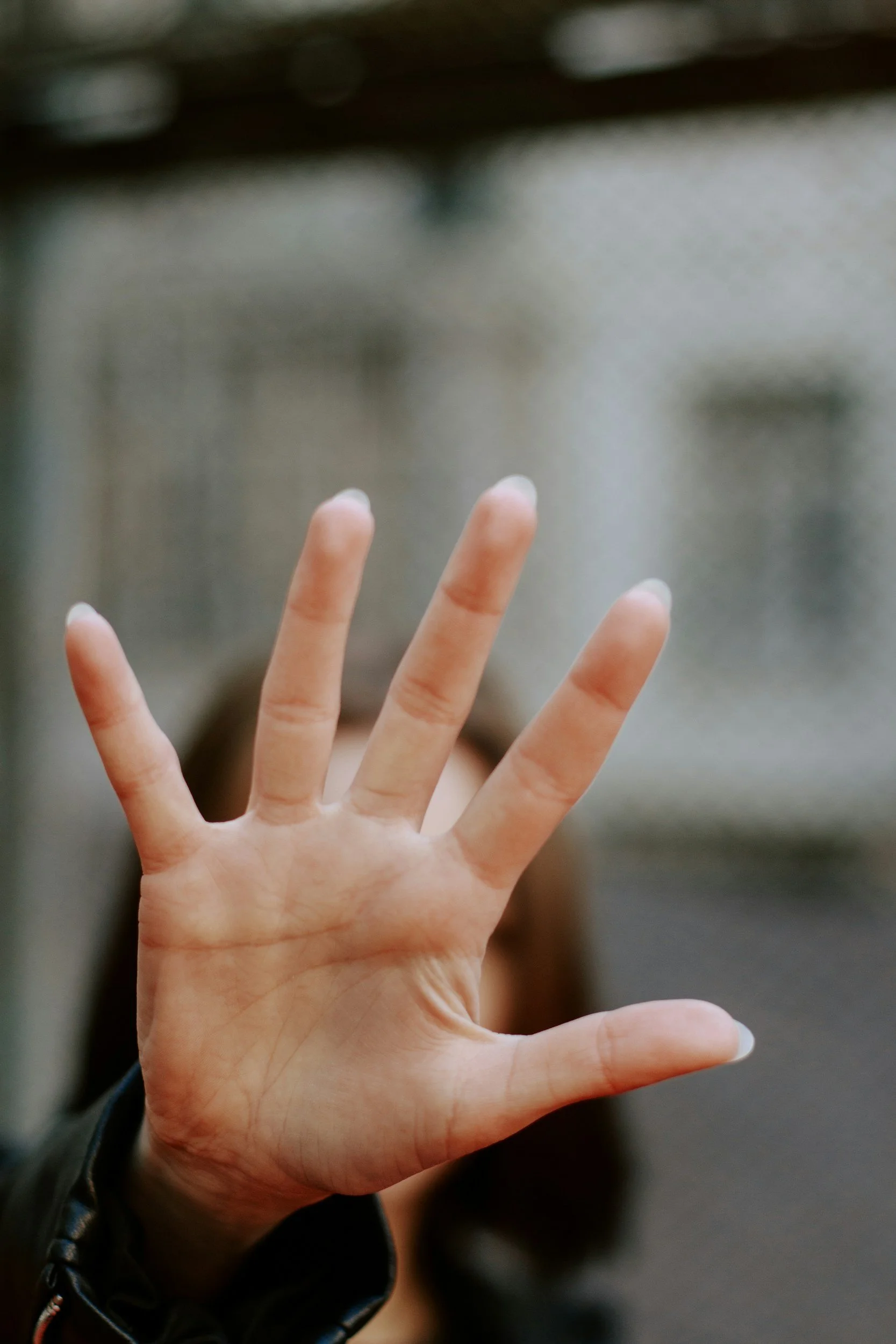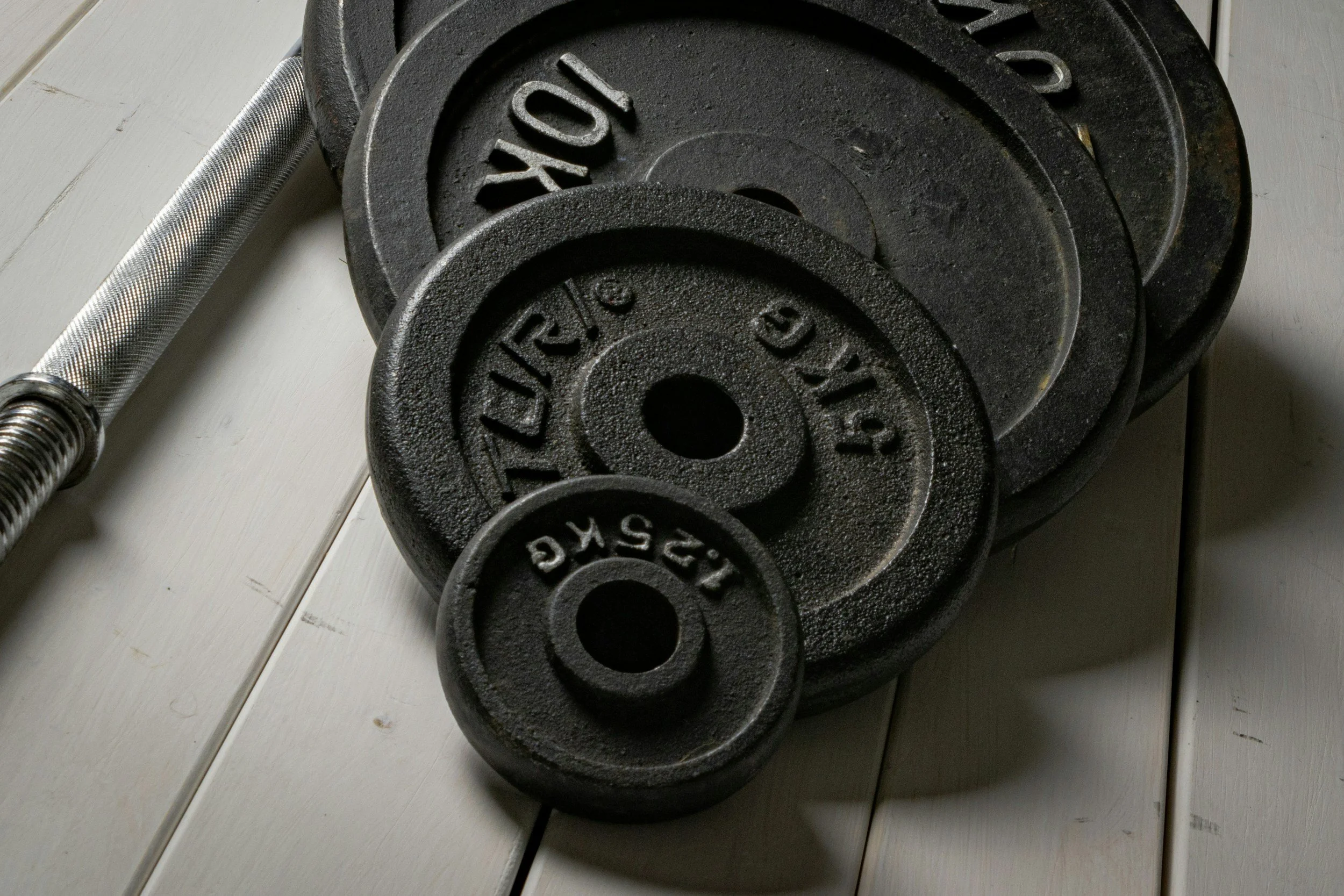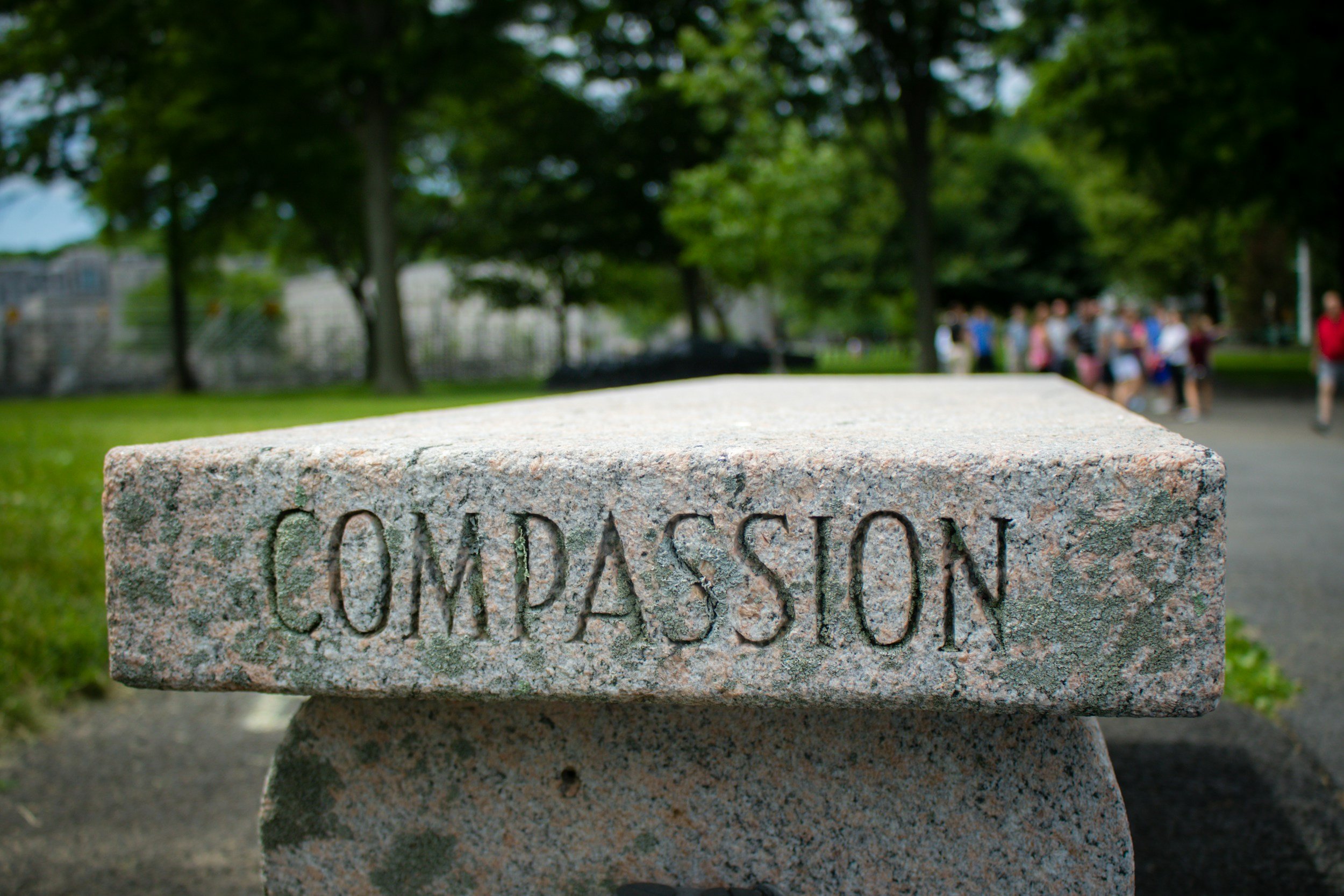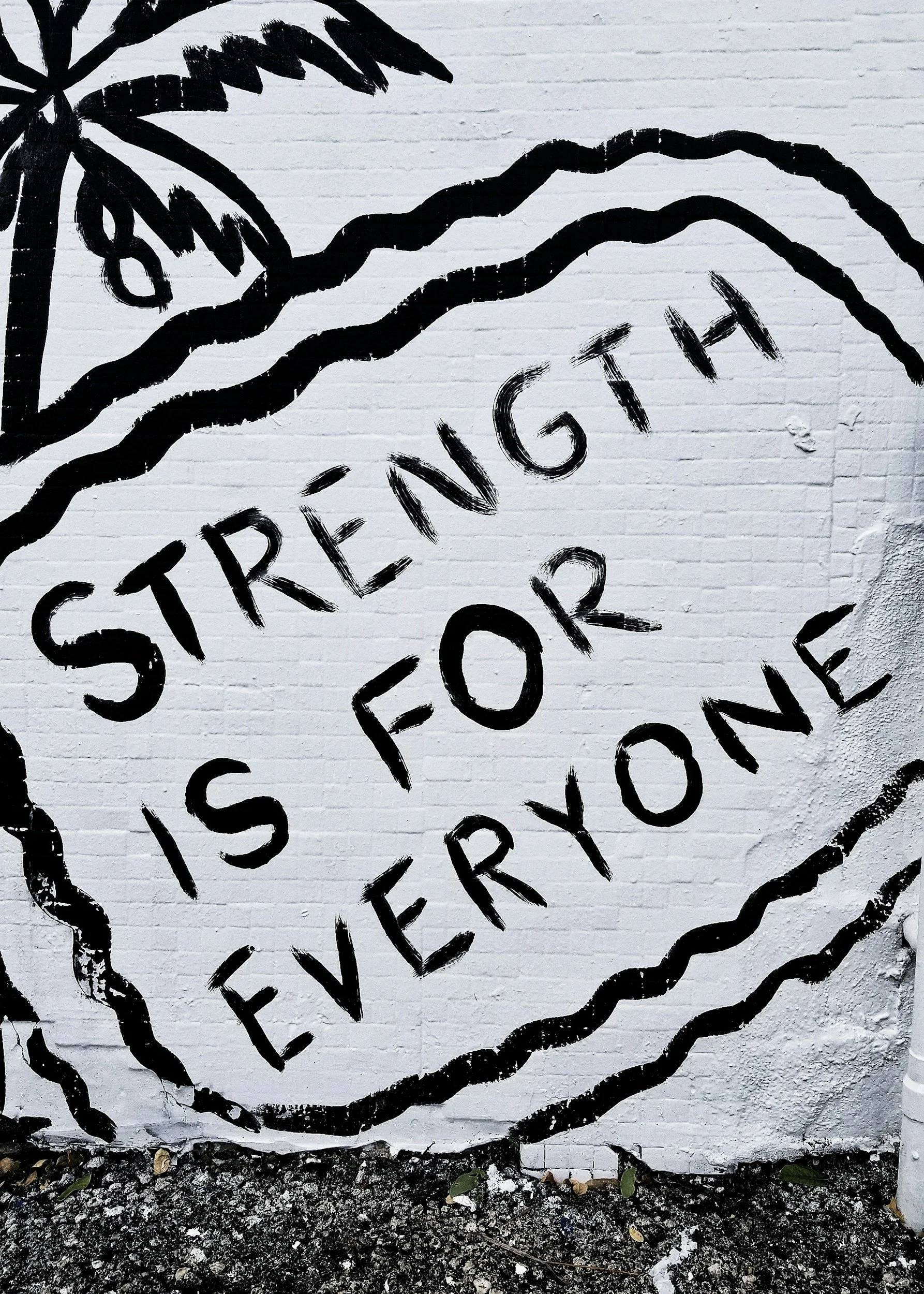Breathing
-
![Vision Boards]()
Progressive Muscle Relaxation
Starting from the feet and moving up to the head, participants tense and then relax each muscle group. This activity helps release physical tension, calm the body, and regulate strong emotions.
-
![A person practicing yoga in a seated meditation pose on a wooden platform at sunset, with palm trees in the background.]()
Mindful Movement
Gentle activities like stretching, walking, or yoga done with attention to breath and body sensations. This practice helps release tension, reduce stress, and bring emotions back into balance.
-
![Check-In Buddy]()
Breathing Exercises
simple techniques that focus on slowing and deepening the breath to calm the mind and body. By practicing patterns like deep belly breathing, box breathing, or alternate nostril breathing, you can reduce stress, improve focus, and support emotional balance. Just a few minutes a day can help lower anxiety, ease tension, and create a greater sense of calm and clarity.
Reflecting on Life Shifts
-
![]()
Gratitude Reflection Walk
Participants take a reflective walk, either outside or indoors, and think about the life shifts they have experienced. As they walk, they note one thing they are grateful for in each major life change—whether it was a new relationship, a skill learned, or simply strength built. The walk combines movement with mindfulness to reinforce appreciation.
-
![A person practicing yoga in a seated meditation pose on a wooden platform at sunset, with palm trees in the background.]()
Turning Points Storytelling
Participants identify one or two major life shifts (such as becoming a parent, changing careers, or experiencing loss) and write or share a short story about how they navigated that transition. By exploring these stories, they can recognize strengths, coping skills, and areas of personal growth that emerged during challenging times.
-
![Check-In Buddy]()
Letter to Past and Future Self
Participants write one letter to their younger self and another to their future self. The first allows them to reflect on what they’ve learned and what advice they would give to their younger self, while the second encourages them to imagine and define what they want their future to look like. This exercise fosters self-compassion and forward-focused hope.
-
![]()
“Before and After” Reflection
Participants choose one significant life event—such as a career change, moving to a new place, or a major relationship shift—and write about who they were before and who they became after. This structured reflection highlights personal growth and helps them recognize how change shaped their identity and resilience.
Decision-Making
-
![]()
Decision Tree Exercise
Map a decision visually, showing possible choices and the short-term and long-term consequences of each path.
-
![A person practicing yoga in a seated meditation pose on a wooden platform at sunset, with palm trees in the background.]()
If / Then Plan
Outline plans for decisions with conditional statements (e.g., “If I choose X, then I will…”), helping anticipate consequences. red this article!
-
![Check-In Buddy]()
Letter to Past and Future Self
Participants write one letter to their younger self and another to their future self. The first allows them to reflect on what they’ve learned and what advice they would give to their younger self, while the second encourages them to imagine and define what they want their future to look like. This exercise fosters self-compassion and forward-focused hope.
-
![]()
Past Decision Reflection
Revisit a past difficult decision: what steps were taken, what worked, what didn’t, and what can be learned.
Grounding Tools for Managing Chaos
-
![]()
5–4–3–2–1 Grounding Practice
A classic sensory grounding technique that helps calm the nervous system by bringing attention to the present moment.
-
![A person practicing yoga in a seated meditation pose on a wooden platform at sunset, with palm trees in the background.]()
Feet on the Floor
Sit or stand and press your feet firmly into the ground. Notice the texture beneath you, the weight in your legs, and your breath rising and falling.
-
![Check-In Buddy]()
Temperature Reset
Use physical sensations to ground — splash cool water on your face, hold an ice cube, or step outside for fresh air.
-
![]()
Weighted Comfort
Hold a grounding object — a stone, blanket, small pillow, or weighted item.
Feel its texture, notice its weight, and let your breath match that heaviness. -
![]()
Grounding With Nature
Step outside and connect with your senses — feel sunlight or breeze, listen to natural sounds, or touch a leaf or rock.
Refocusing After Setbacks
-
![]()
Self-Compassion Practice
Write a compassionate note to yourself, reminding that setbacks are normal and growth is possible. Practicing self-kindness reduces self-criticism and emotional distress.
-
![A person practicing yoga in a seated meditation pose on a wooden platform at sunset, with palm trees in the background.]()
Success Jar
Write past achievements, moments of resilience, or positive outcomes on slips of paper. Pull one out during a setback to remind yourself of your capacity to overcome challenges.
-
![Check-In Buddy]()
What’s in My Control?” Exercise
Divide a page into “controllable” and “uncontrollable” elements of a setback. Focus energy on actions you can influence, reducing feelings of helplessness.
-
![]()
Strengths Inventory
List personal strengths, skills, and past successes. Then reflect on how these abilities can help overcome current setbacks. Recognizing personal resources boosts confidence and resilience.
-
![]()
"Bounce-Back” Brainstorm
In a group or individually, list as many ways as possible to “bounce back” from a challenge (self-care, learning, seeking feedback, reframing, rest, etc.). This activity strengthens adaptability and encourages proactive thinking.






